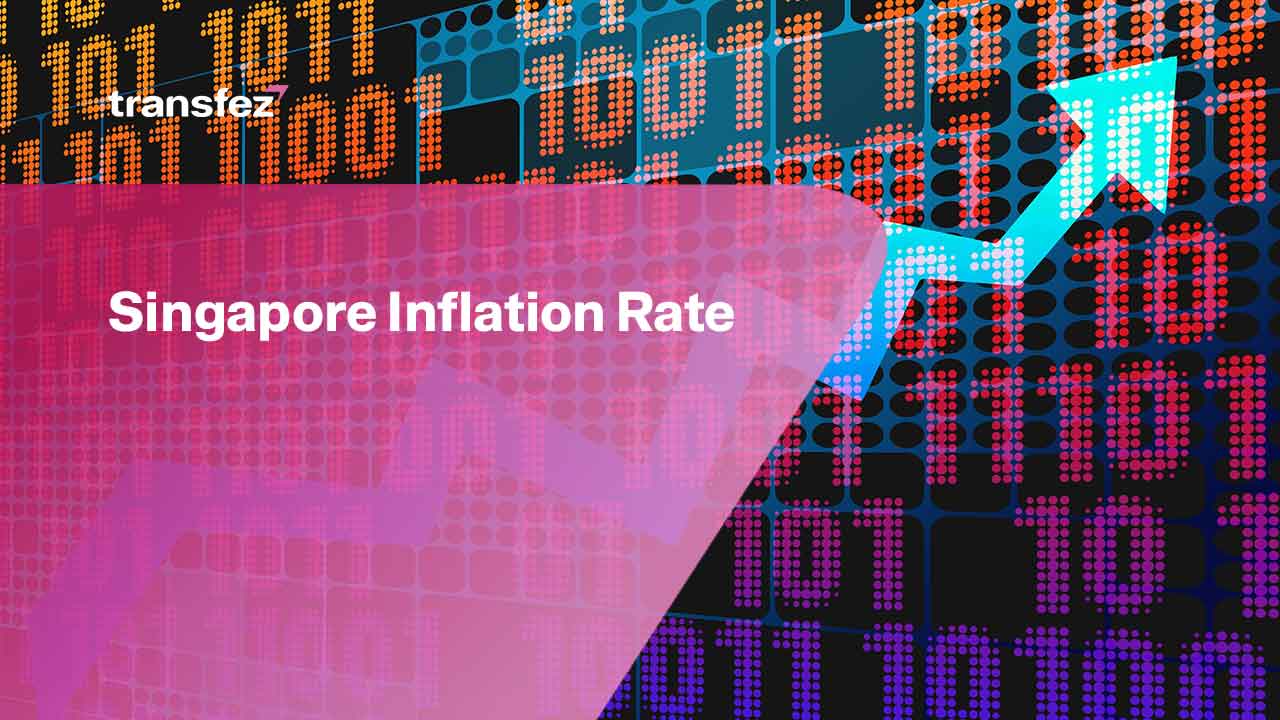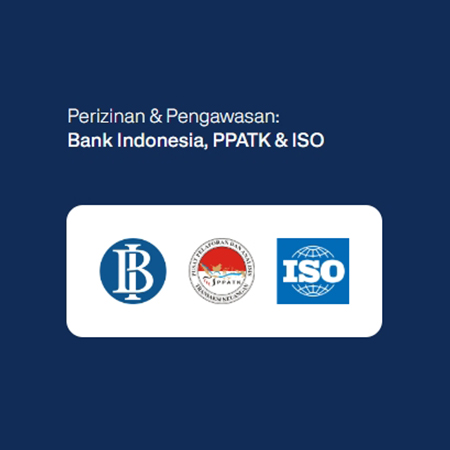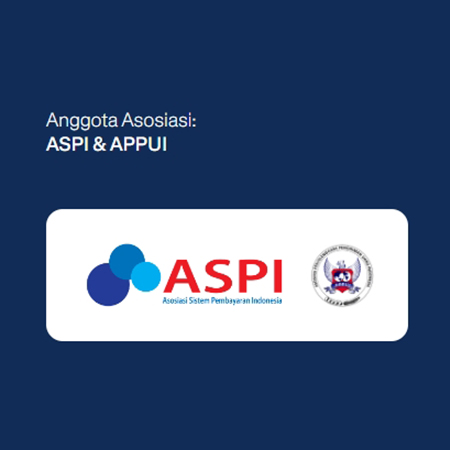
In Singapore, prices often rise, although they occasionally fall, a phenomenon is known as negative inflation or deflation. Low and steady inflation, in the opinion of the Monetary Authority of Singapore (MAS), is a crucial component of long-term, stable economic growth. Singapore inflation rate which is either low or too high, according to the MAS, is detrimental to the economy.
Amount of Singapore Inflation Rate
Singapore’s annual inflation rate for 2021 was 2.3 percent. MAS Core Inflation, however, was just at 0.9 percent. The headline inflation rate in January 2022 was 4%, the same as in December 2021. The core inflation rate reached its highest level since July 2014 at 2.4 percent.
Because inflation has been higher than expected recently, Singapore has changed its prediction for inflation in 2022. It now thinks that overall inflation will be between 2.5 and 3.5 percent and that the core Singapore inflation rate will be between 2.0 and 3 percent.

What is the CPI, or Consumer Price Index?
A crucial indicator of inflation is the Consumer Price Index (CPI), which tracks changes in the cost of a set assortment of products and services that people typically purchase over time. The CPI data are put together by the Singapore Department of Statistics. Ten key areas are closely monitored:
- Food
- Transport
- Clothing & Footwear
- Communication
- Housing and Utilities
- Recreation & Culture
- Goods and services for the home
- Education 9. Healthcare
- Other Products and Services
See Video How To Easily Send Money to 50+ Countries
Singapore Inflation Rate Measurement Method
You only need to look at the CPI for that category to determine how much something is increasing. The rate of inflation in various sectors, such as education or healthcare, can then be calculated. To determine “general” inflation, however, there are primarily two different sorts of metrics. Core inflation at the MAS, also known as core inflation, comes in second behind All-Items CPI (also known as a headline or overall inflation).
The MAS Core Inflation is the CPI All-Items minus the “Accommodation” and “Private Transport” categories, which are components of the “Housing & Utilities” and “Transport” main categories, respectively. The CPI All-Items comprises all 10 categories.
These two components are excluded from the calculation of the MAS Core Inflation since they fluctuate frequently and do not account for the majority of the routine expenses of Singaporean families. In summary, while headline inflation and core inflation can diverge temporarily, over the long run, they often move closer together. Because they each portray a different story, both measures should always be considered.
Send Money Easily to Different Countries
How to Send Money to Hong kong
How to Send Money to China
How to Send Money to Malaysia
How to Send Money to Japan
Why is Singapore Inflation Rate So Low?
When you look at the average annual Singapore inflation rates above, you may wonder why they are so low. We all have unique perspectives and life experiences, which may be one factor. For instance, we can believe that prices are increasing quickly if we only notice a “sudden” price increase on a product we don’t purchase frequently.
The data provided by the CPI aren’t as accurate as they may be, which is another explanation. Pricing for various items and services must be combined into a single fixed basket because it is very difficult to maintain track of the prices of every single item available. Therefore, actual household expenses may vary from these. Despite this, the data still provide valuable information.
Guessing The Future Cost
Looking at the average Singapore inflation rate, we can see that it doesn’t go above 2%. To figure out what costs will be in the future, we should add a buffer to make sure we have enough money in case something goes wrong. You could figure a rate of 3 or 4 percent for that.
You can calculate how much you’ll need for retirement by multiplying your anticipated spending by a rate of inflation, such as 3 percent, times by the number of years until you retire. Or, you can just plan for retirement using a calculator. Calculating how much money your children will require for college uses the same logic.
In addition to estimating future prices, you can calculate the “actual” rate of return on investment by subtracting the inflation rate from the predicted rate. Knowing the typical rate of inflation will also help you understand how your money’s worth is eroding over time. For instance, if you deposit $10,000 in a bank and earn 0.05 percent annually and inflation is 3 percent annually, the “value” of that money will only be $5,494.28 after 20 years.
Facing Singapore Inflation Rate
A tiny amount of inflation is unimportant in an expanding economy. Furthermore, Singapore’s economy has expanded strongly since it gained independence. The expense of life has increased, as has the standard of living. There is a significant likelihood that inflation will persist for a very long time, bringing with it effects like rising living expenses and the gradual depreciation of bank deposits.
Download Transfez App
Transfez App can help you transfer money abroad more quickly and efficiently. Transfez Business can also help your business in making transactions abroad. For those of you who want to send money to relatives who are abroad because they are studying, working, or traveling, Transfez will be ready to help. This app is available on Android as well as iOS.
To protect your income and assets, it’s crucial to have all the various insurance plans in place. Along with ensuring sure you have adequate cash on hand for emergencies, short-term financial objectives, and responsibilities, you should consider investing any surplus funds in a variety of methods that could generate returns higher than the Singapore inflation rate. There are various strategies for investing your money for retirement depending on the level of risk you’re ready to face.










